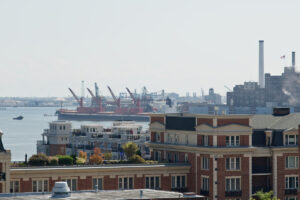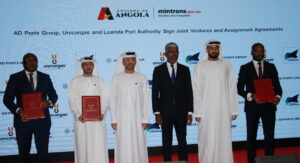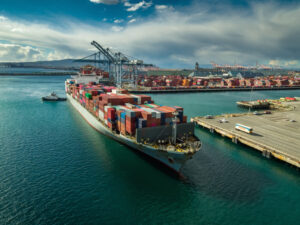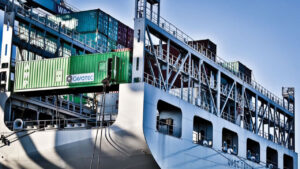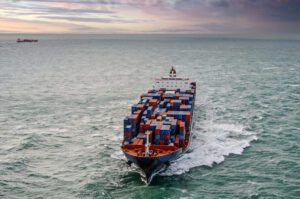Ports in Asia are continuing to break away from siloed data sharing, opening up new opportunities to take advantage of emerging technologies like 5G and automation in terminals.
Globally, the ports and maritime stakeholders have struggled to standardise and establish common information and dataset sharing parameters.
Many point towards issues such as uncertainty over ownership of a single data platform; concerns over data sharing’s impact on competition; and stakeholders holding onto data to monetize the sale of information on equipment performance, shipping arrival schedules, or carbon emissions.
The ports of Asia, which dominated the newly-released Container Port Performance Index, are “moving away” from siloed data share and reaping the benefits, according to Yesim Elhan-Kayalar, Advisor to Chief Economist at the Asian Development Bank (ADB).
“There’s been a lot of literature on this, that everyone wants [data], but nobody wants to share it,” explained Elhan-Kayalar.
“I think we’re moving away from that. Information can be perceived as power – some people may wish to not share it. But we have been increasingly seeing that the technology is there, and the benefits of sharing data are there.
“We’re coming up to the point where it is not altruistic to share information with others, it actually serves your own purpose. Because the better information you have, the more optimal decisions you will be able to make.”
Elhan-Kayalar highlighted that Asian ports which had ‘smart port’ features fared better at the beginning of the COVID-19 pandemic. Essentially, those investing in digital connectivity and encouraging data exchange amongst port authorities, shippers, and freight forwarders to give greater transparency to cargo-owners for the flow of products through the supply chain.
“If you know nothing about what the others are going to do or how they’re going to react to your decisions, you’re always in a position of iteratively trying to find the most optimal outcome,” Elhan-Kayalar said.
“Whereas a mutually-agreed information set that you [as port stakeholders] all agree to contribute to means you are better equipped to see what the feasible courses of action would be when you are optimizing cost, revenue, time, or whatever your target, performance indicator might be.”
The impact of Data on 5G, automation
Elhan-Kayalar noted that successful data-share amongst Asian supply chain actors will allow port communities to better harness digitalisation benefits from the likes of 5G and automation in terminals.
Globally, ports have utilised 5G’s ultra-low latency and fast speeds for safety pilots; improved remote equipment automation; and overall improved communication flows.
Elhan-Kayalar stressed that establishing data flows amongst parties is central to fully realising the potential of 5G.
“You may have a 5G [network], but if the stakeholders within the port are not willingly sharing real-time information, 5G is not going to be very effective or create much value,” she said.
Whilst a 5G private network may be able to transfer information on the status of the health of a crane cable to a port repair team in real time, for example, the crane manufacturer needs to first have the facilities and the tools to share that data to a platform where the port authorities can make a decision.
“If there’s a common target with a mutually agreed platform of who is going to share what information, when, and with whom – and they adhere to that model, then you have a winning model and you are going to create value,” Elhan-Kayalar noted.
Digitalising smaller ports and financing them
The rollout of private 5G networks and online data sharing platforms will of course require considerable investment from port authorities.
For smaller Asian ports to digitalise and develop information sharing tools for its customers, Elhan-Kayalar is buoyant on the growing options available.
“There are a lot of different types of financing sources now that are available, which may not necessarily have been a natural go-to financing source for infrastructure investments in transport sector or ports. It will be important to explore some of those alternatives as well,” she said.
Elhan-Kayalar said Asian ports can look further than traditional public-sector financing, private-sector driven or public-private partnership routes. She highlighted options from development banks like the ADB; social and green financing options; and regional caucuses like multi-country associations that create value for their regions.
“Developing a port is not only about building infrastructure, but it’s about investing in the economy and the future of the people,” she explained.
“The more efficient the port, the prospects of exports are higher, as are the prospects of linkages to the rest of the world and economic development.
“We have seen that efficient port development has been particularly successful if different elements of port operations have been automated and smart processes integrated. Then we see the holistic development in an economy and how it all contributes to economic development and resilience through that setup.”


